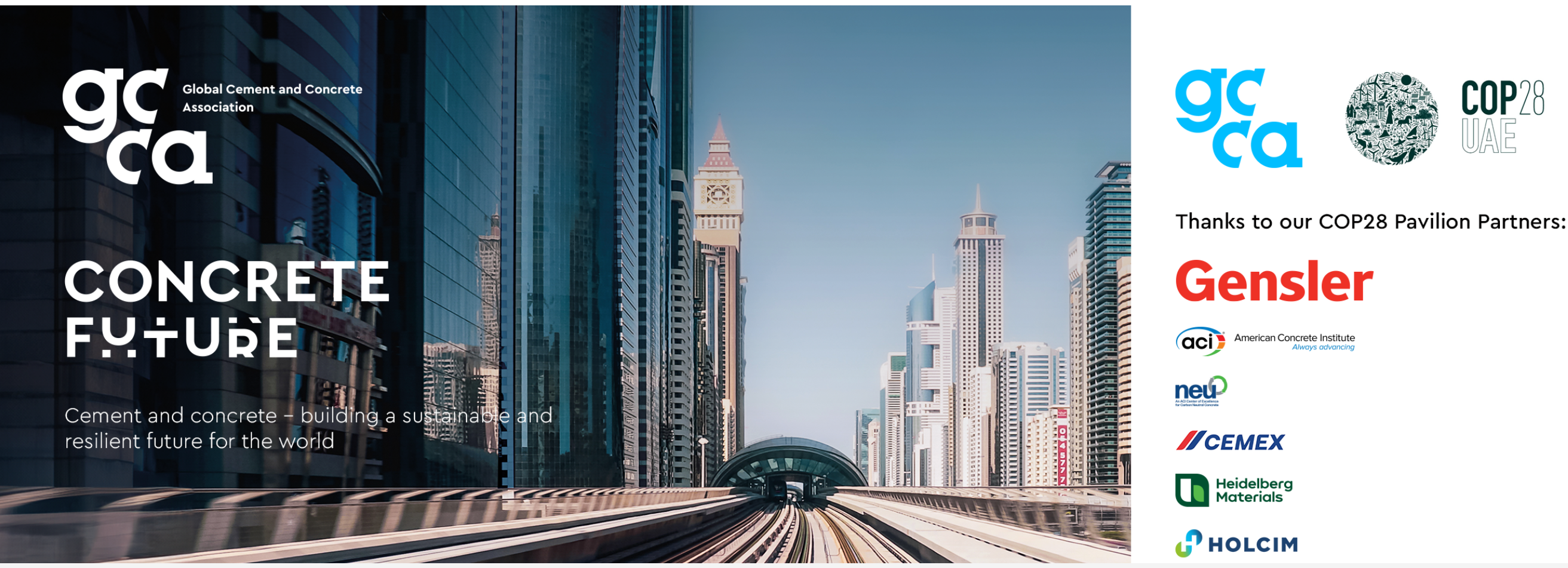A large majority of silent supporters of sustainable development and those directly or indirectly affected by the adverse effects of climate change must have been delighted to know that 200 countries in the world have agreed to a joint declaration limiting global warming to 1.50C temperature over the 1990 level through ‘rapid and sustained reduction in greenhouse gas emissions by 43% by 2030 and 60% by 2035 relative to the 2019 level’. The joint declaration was issued at the conclusion of the Conference of Parties-28 (COP 28) held under the auspices of United Nations Framework Convention on Climate Change (UNFCCC) at Dubai during December 2023. It mentioned tripling of new investments in renewable energy and the “transitioning away” from fossil fuels in power systems.
We are aware of the differences of opinions and intricacies involved in the sensitive topic like Climate Change and its mitigation. We would prefer to refrain from making any comments which lie in the domain of politics and policies and decisions of governments of different countries including those of India. However, certain discussions among the group of experts which is presently made available online was interesting and quite informative. We would like to provide a broad glimpse of the same.
One of the important events during COP 28 was the official launching of the ‘Building Breakthrough’ [1]. The Breakthrough includes seven sectors, namely, power, road transport, steel, hydrogen, agriculture, buildings and cement. These sectors collectively account for more than 60% of the greenhouse gas (GHG) emissions. It was observed that while there has been certain progress in decarbonization of these sectors, the pace of the same is not adequate to achieve sweeping reduction in GHG emissions. The Breakthrough therefore aims at strengthening international collaboration on decarbonizing high-emitting sectors and making clean technologies and sustainable solutions affordable, accessible and attractive option for all regions by 2030. LCCF would welcome development of clean technologies and sustainable solutions in sectors of steel, cement and buildings. However, we are aware that such technologies need to be assessed for their suitability and applicability for Indian conditions and they also need to be cost-effective.
It is interesting to note that the Global Cement & Concrete Association (GCCA) had its own pavilion in the Blue Zone at COP 28 and had conducted a number of programmes for the attendees that included participation from experts who discussed progress of decarbonization in the building and construction sectors. The recording of some of the programmes is currently available on the GCCA website [2].

During the GCCA programmes under the ‘Concrete Futures’ platform, informative and thought-provoking discussions happened. The topic of Carbon Capture, Storage and Utilization (CCSU) came for discussion in more than one session. Although the GCCA’s roadmap to net-zero suggested that CCSU is expected to contribute around 36% of net emission reduction by 2050, the pilot-scale implementation of CCSU just started recently in Norway and it is expected to be operational fully by 2024. Experience gained from the initial projects would be valuable; however, CCSU could be considered as a long-term objective, especially for countries from global south as it involves large capital investments which may result in increasing the final cost of cement for the consumers.
The progress made in the development and use of limestone calcined clay cement (LC3) was discussed during one session. LC3 is a good binder having substantial potential in reducing carbon footprints. The laboratory-scale and pilot-scale work done on this cement have established the potential benefits of the product. Many countries including India have published standards on the product. However, as both fly ash and granulated blast furnace slag are available in required quantities to the cement manufacturers in India presently, one can expect a slow beginning in the production of LC3 in the country in the near future.
Carbonation was another topic discussed in one of the sessions. GCCA’s roadmap to net zero provides 6% contribution from re-carbonation in the reduction of carbon footprints. It well known that carbonation is a chemical process in which atmospheric CO2 reacts with cement hydration products resulting the formation calcium carbonate. Methods have been designed now for assessing the CO2 uptake through carbonation. The results of the Tier 1 method reveals that the total CO2 uptake in the use stage and end-of life stage is almost 23% of the national calcination emission [3]. Tier 2 and Tier 3 methods which are more advanced have also been developed. It would be a good idea if the academic community in India come forward and undertake certain lab and field studies on re-carbonation.
Another interesting session was ‘ACI and NUE unveil new code’. In this session the ACI President Prof. Antonio Nanni unveiled the proposed code ‘Low Carbon Concrete: Code and Commentary’ from ACI Committee 323. This is a first attempt to bring out a standard on low carbon concrete. Prof Nanni pointed out that there is no definition of what is low carbon concrete. He said that this could at the most be the design goal, which could be constantly changing. Prof Nanni spoke about the broad features of the new standard including the challenges of estimating global warming potential (GWP), benchmarking the same, etc. The session witnessed brief presentations by Prof Karen Scrivener who highlighted the need for accelerating actions, especially in the global south. She also briefly mentioned about the work being carried out by the joint committee on GLOBE Consensus.
LCCF and like-minded organizations and persons would be eagerly awaiting the publication ACI code on Low Carbon Concrete and the progress in some areas mentioned above.
References
- Buildings breakthrough: Near-zero emission and resilient buildings are the new normal by 2030, https://globalabc.org/our-work/fostering-collaboration
- Concrete Futures, Global Cement & Concrete Association, https://gccassociation.org/events/cop28/
- Anderson, R. et al, Carbonation as a method to improve climate performance for cement-based materials, Cement and Concrete Research, 124 (2019) 105819.

